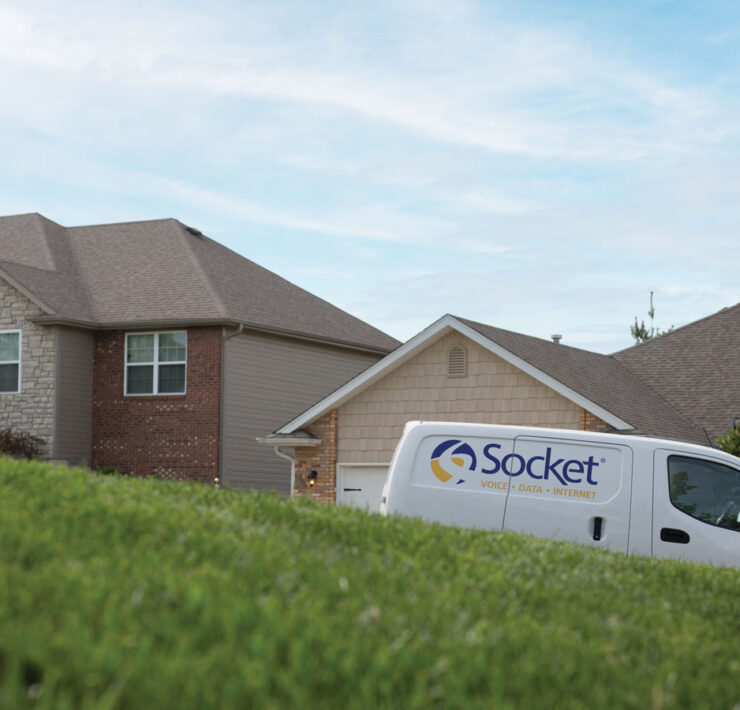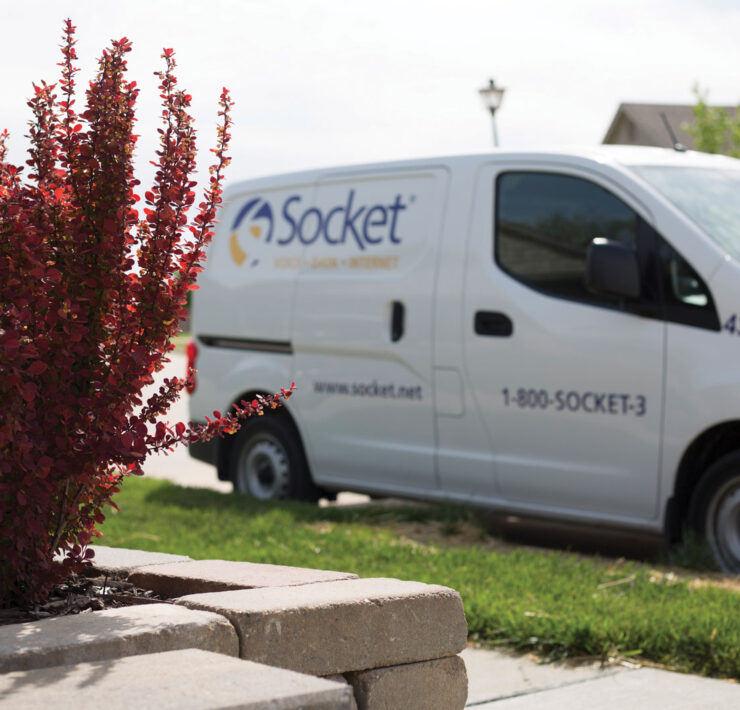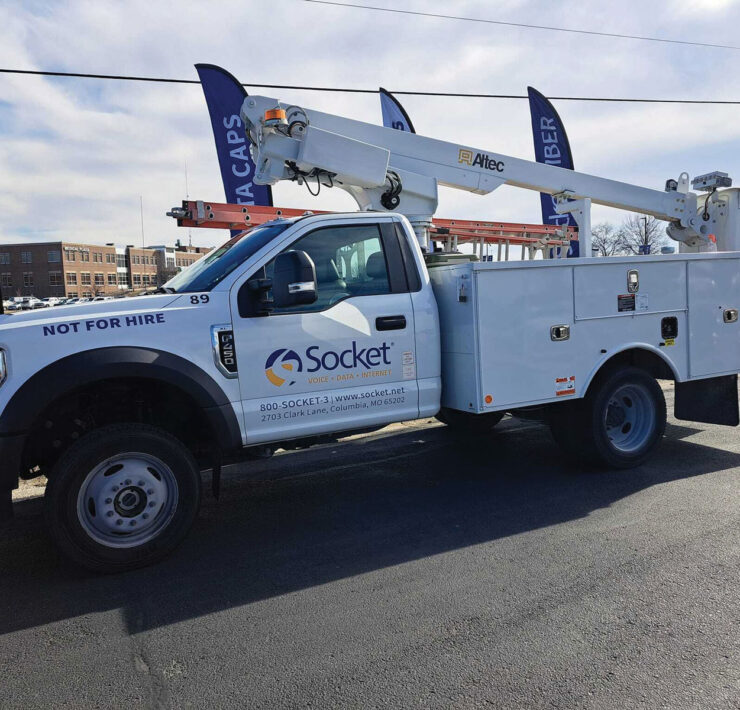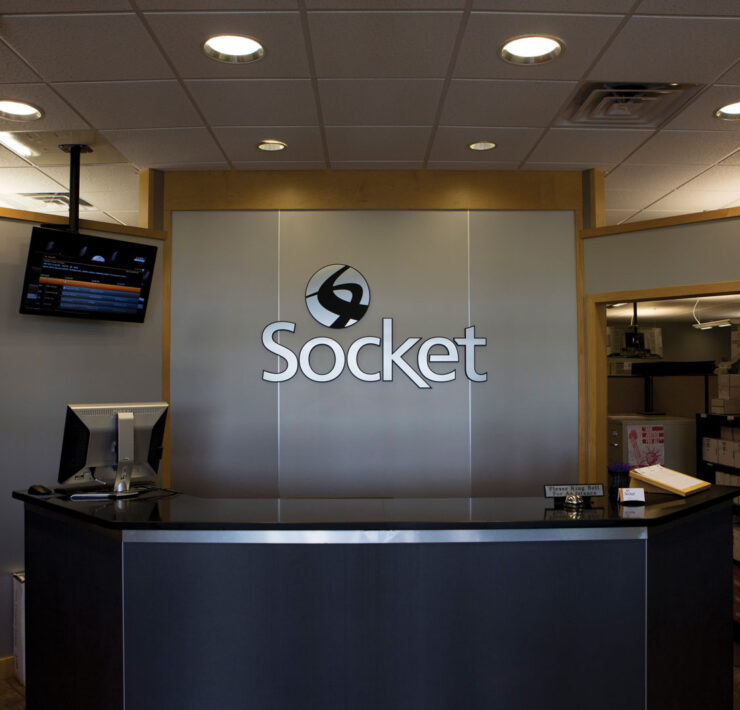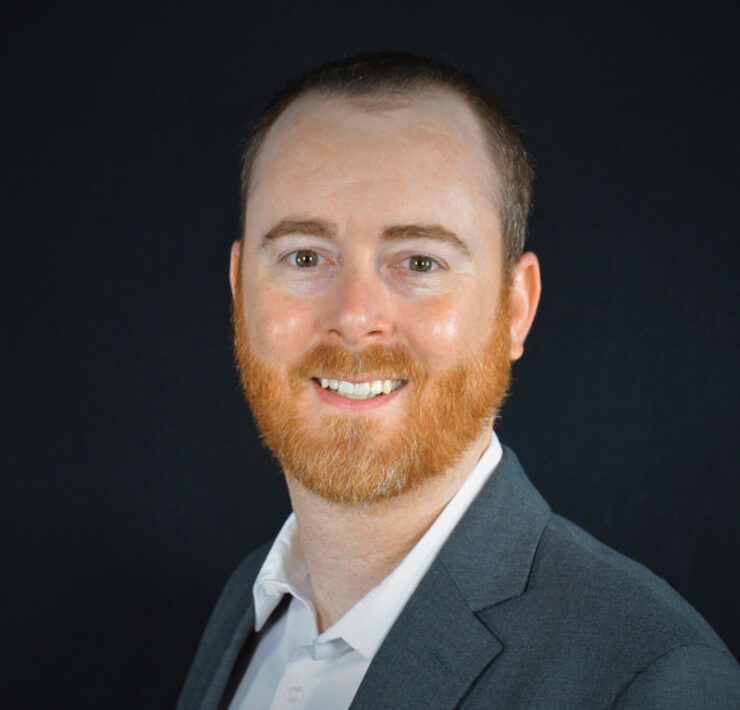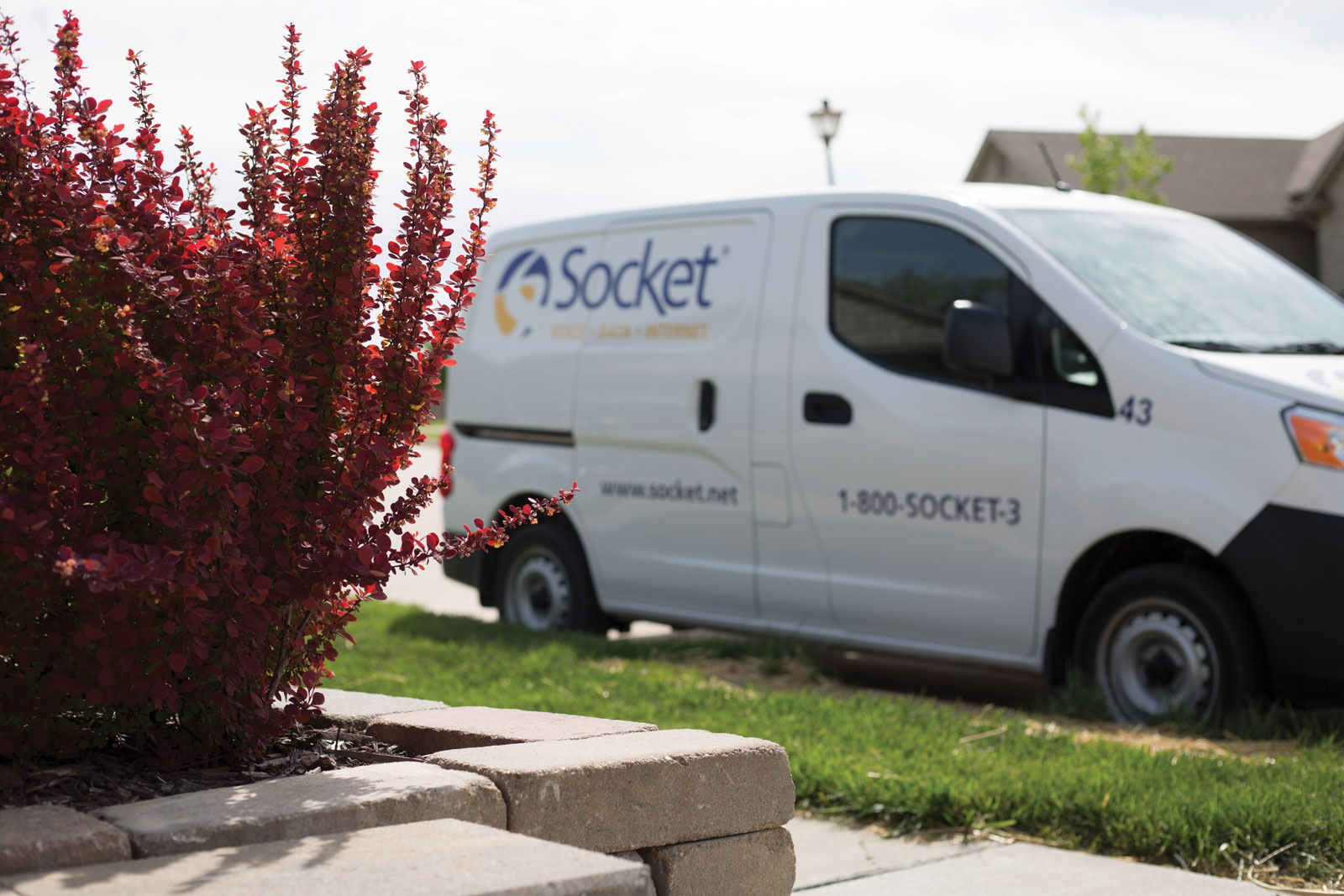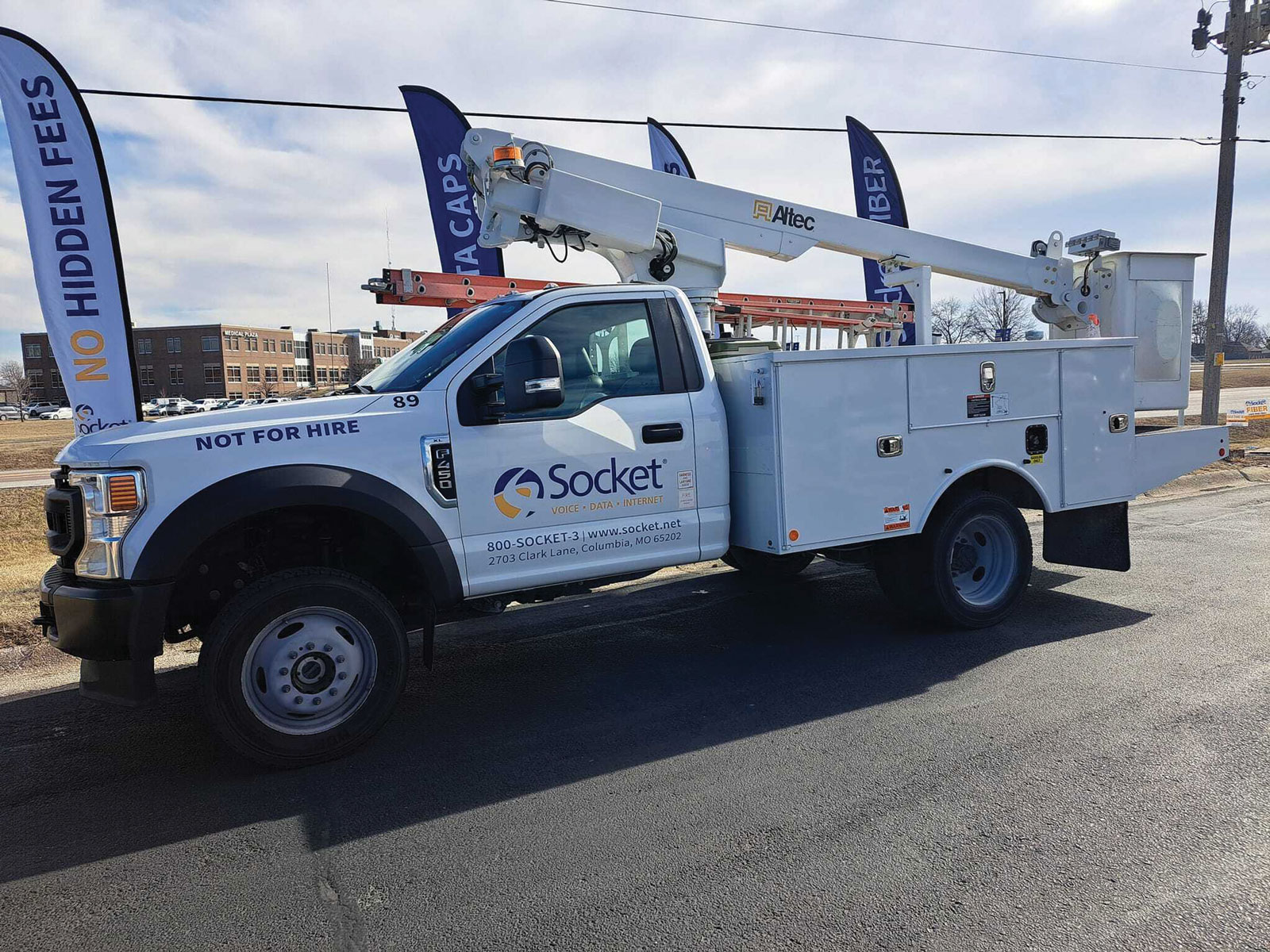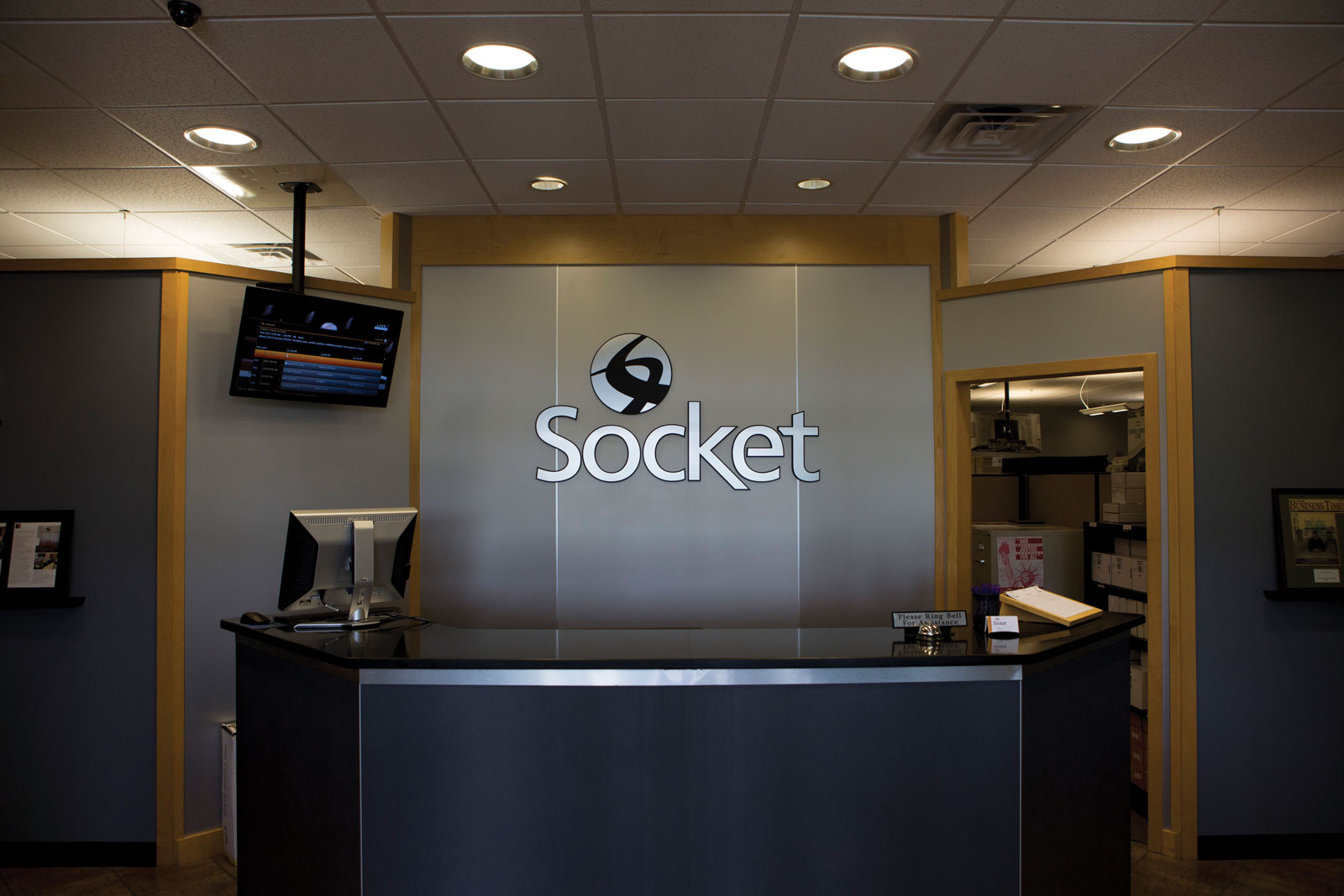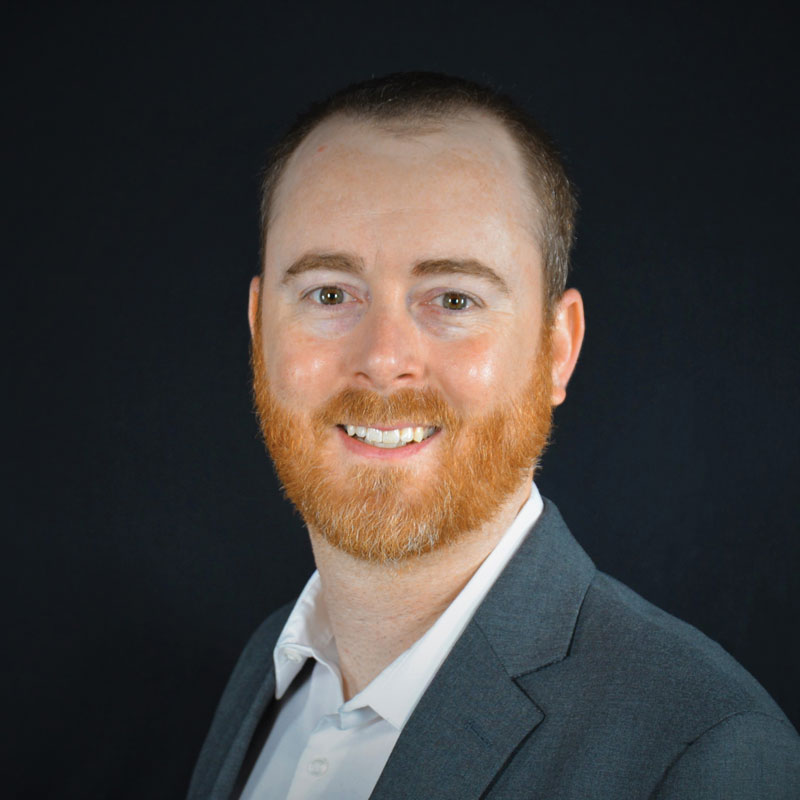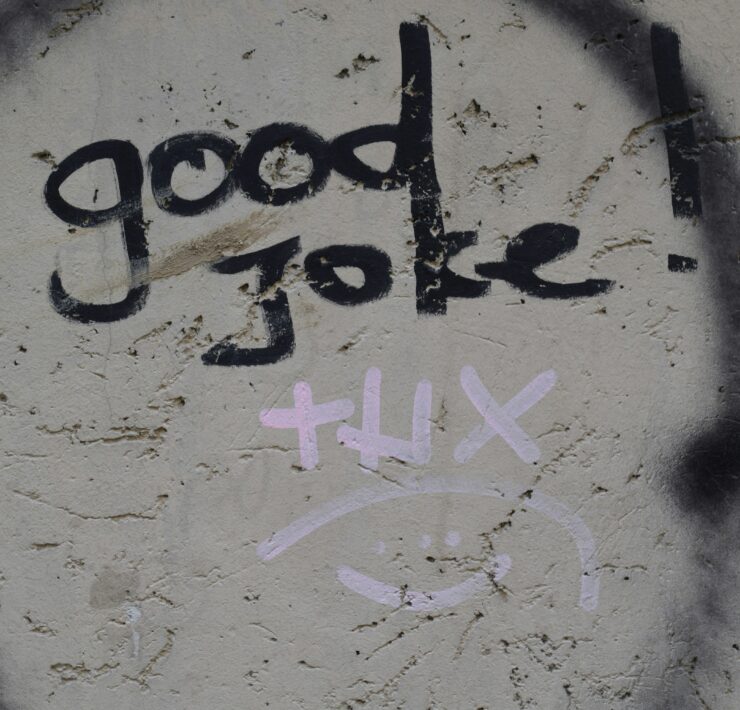Columbia is with the Band
- This story originally appeared in the March 2024 innovation and technology issue of COMO Magazine.

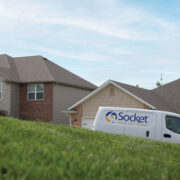
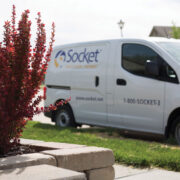

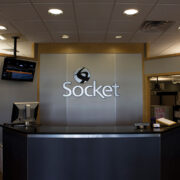 +2
+2 Columbia is with the Band
Columbia is with the Band
Columbia is with the Band
Columbia is with the Band
The state of broadband in Columbia is solid. And it’s getting better all the time.
More Columbia households than ever became dependent on access to the internet during the COVID-19 pandemic. When the world shut down, the web became the go-to connection for work, school, healthcare, shopping, and staying in touch with family and friends. And it remains a key technology in most people’s lives.
Most of us don’t know the technical ins and outs of how it works. All we know is that when we fire up a laptop or other device, a dot with arcing lines shows that we’re connected. It’s a virtual lifeline to the world.
But not all internet connections are the same. Broadband is the transmission of wide bandwidth data over a high-speed internet connection, defined by the Federal Communications Commission as having a minimum download speed of 25 megabits per second and a minimum upload speed of 3 Mbps.
You don’t have to understand the technical aspects of the internet to know that faster is better. Reliability of transmission is vital. So is security. And access to broadband technology, be it fiber optics, cable, DSL, wireless, or satellite, isn’t just a luxury. It’s critical.
So, what is the state of broadband in Columbia today? Does everyone have access? And where will broadband take us in the future?
Types of Broadbrand
If you’re of a certain age, you remember dial-up internet and that high-pitched whining and obnoxious beeping that accompanied the connection process. It was slow. And if you didn’t have a phone line dedicated to it, you couldn’t make or receive landline calls while dialed into the internet server.
All that has changed now with broadband technology. You can still get it using a telephone line, but it’s not to be confused with old-fashioned dial-up. These days, it’s a dedicated digital subscriber line (DSL).
High-speed signals are also transmitted via cable, satellite, and mobile wireless using data plans like the ones that come with smartphones and tablets, fixed wireless, or over fiber-optic lines.
Cable, satellite, DSL, and fiber-optic are delivered into the home either aerially, on a service line from a pole or satellite to the home, or via underground lines where they may be less susceptible to wind, ice, snow, and falling tree branches.
Access As Availability
According to the FCC’s National Broadband Map, 100 percent of households in Columbia have access to fixed broadband internet and 98.88 percent have access to mobile broadband. What type, what speeds, and which providers deliver it depends on where you live. In fact, you can plug any address into another search on the FCC map and find out which fixed and mobile providers serve it and what technology they use.
Among the companies that provide broadband services in Columbia is locally owned Socket, founded here in 1994. Today, Socket continues to serve its DSL customers, but it’s focused on expanding its network of fiber technology which delivers the fastest symmetrical speeds. The same is true of CenturyLink’s Brightspeed.
“What sets Socket apart is that we’re truly fiber to the home,” says Clint Hall, marketing manager. “What that means is it’s a fiber line all the way up to the terminal on your house. We don’t use any existing infrastructure or coaxial cable or copper lines. Other providers may run fiber to a node, and then use the existing lines to the house. So, you’ll see signal and speed loss over those lines when the signal’s not being transmitted all the way over fiber.”
Medicom’s Xtream and Spectrum transmit broadband via cable. Viasat, HughesNet, and Starlink use satellite. iZones.net, Air Link, Always On, and US Cellular offer fixed wireless. T-Mobile and Verizon use 5G technology.
“We’re not quite in every area of Columbia yet,” Hall says. “We’re working on it. Our goal is to give 100 percent of the residents in Columbia another option for their high-speed internet services.”
Getting into every neighborhood takes time, money, and patience. Providers must juggle multiple factors, including existing infrastructure, population density, construction costs, contractor and materials availability, locations of rights of way, and navigating right-of-way access and permits, to name a few.
Access as Affordability
Just because there’s a broadband connection available to a home doesn’t mean the resident can afford to pay for it. The cost of broadband simply isn’t within reach for thousands of Columbia residents.
The 2021 Bipartisan Infrastructure Law established the Affordable Connectivity Program. The ACP provides up to thirty dollars per month to low-income households to help pay for internet access. As of December 2023, there were 6,573 ACP subscribers in Columbia, and most broadband providers accept ACP. But the news for the subsidy’s future isn’t good.
The initial funding for ACP is estimated to run out in April 2024. Because Congress had not voted to reallocate funding for the program as of February 2024, the FCC stopped taking applications for new subscribers. Unless something changes quickly, Columbia subscribers will lose their subsidies. Some won’t be able to afford broadband access without it.
Monthly subscription costs run the gamut across providers, from about thirty-five to eighty dollars. In general, rising bandwidths involving speed and reliability affect plan charges. The top-end prices are generally for 1 gigabyte per second speeds. Socket is rolling out a 2.5 gig option for $125 per month. That speed is only going to appeal to a niche audience. But how much speed does one need, anyway?
The Need for Speed
Download speeds and upload speeds are a couple of key factors to keep in mind when deciding how much speed you need. Most providers market their fast download speeds but unless they use fiber, upload speeds are going to lag. The disparity can be significant. For example, 500 Mbps download but only 10 Mbps upload. While you can download a video or pdf from the internet quickly, uploading them can be painful. Still, if you just use your internet to stream movies or browse but don’t upload anything, you might not notice the difference.
Fiber is the only technology that provides symmetrical download and upload speeds. And if you work from home, stream on multiple devices, game, or connect smart home devices to the internet, you’ll notice the asymmetry of other technologies.
The range of 20 to 40 Mbps is probably the minimum for most individuals. A range of 40 to 100 Mbps will perform okay for high-definition (HD) gaming and 4k video streaming. But if you need to download massive files or have multiple gamers, you probably want at least 100 Mbps. If you have multiple users doing multiple things, you may need 1 gig. That niche Socket wants to fill with 2.5 Gbps will appeal especially to multiple gamers working with video and graphics and looking for zero lag time. (Think varsity esports in Columbia’s high schools, colleges, and universities, for example.)
“We want to stay ahead as the demand on the internet increases,” Hall says. “We want to have those speeds readily available. We’re being forward-thinking about what the next technology is that’s going to put a higher strain on broadband. We want to be ahead of that curve.”
Hall says that in the fourth quarter of 2023, 33 percent of Socket’s customers were buying plans with 1 Gbps or more.
“Fiber is currently the future-proof technology for the internet,” Hall says. “Fiber is actually light over glass as opposed to copper. We’re only touching the cusp of what fiber can offer in terms of speed right now. Fiber itself can support much faster speeds than just a gig or 2-1/2 gig. And 25 gig is already on the horizon, which is 25 times faster than most networks in Columbia.”
The Pandemic Push
Hall says the state of broadband improved because of the global pandemic. It would have eventually become better, but COVID-19 gave it a push.
“The pandemic caused a shift in our day-to-day lives. We have more working from home, more telehealth, online education, more streaming,” Hall says. “Definitely, the need arose, and Socket adapted because of it.”
He added, “It’s been a benefit for the consumer. They’re seeing more opportunities, higher growth, and a more competitive landscape in broadband. Expanding in Columbia is a goal of ours so if somebody needs to work from home or attend a telehealth appointment, they have the appropriate broadband to do that.”
The state of broadband is solid in Columbia and getting better. High saturation and competitive options among prices and providers are helping households get connected. But while fiber may be the future of broadband right now, who knows what may come along next?




